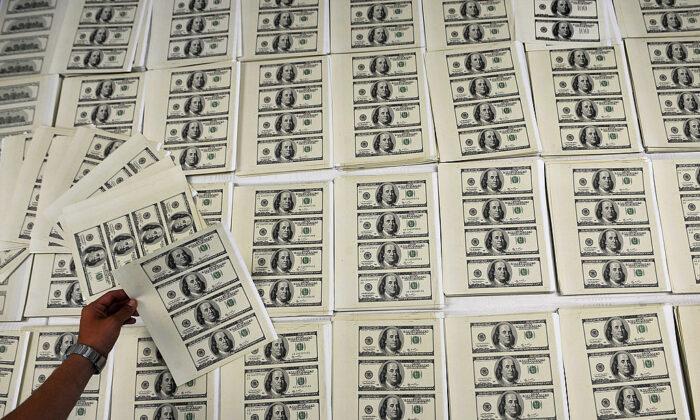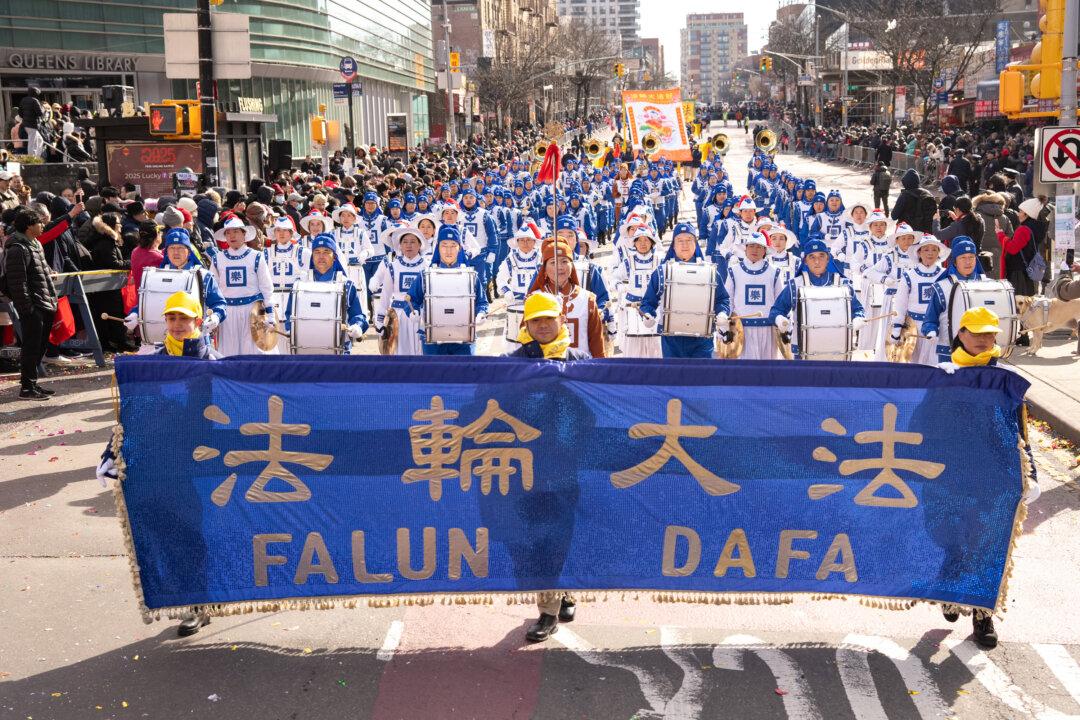U.S. Customs officials say they recently seized more than $351,000 in counterfeit $100 bills in Milwaukee.
The seizure took place at a facility that processes express consignment shipments on May 27,
according to a June 3 statement by U.S. Customs and Border Protection (CBP). The shipment of fake bills, which was destined for a residence in Milwaukee, originated from Shanghai.
CBP said in an email that no arrests were made after agents interviewed the recipient of the package and “found no nefarious activities.” The person “did not know the shipment was illegal,” CBP added.
The fake bills were made of poor material and didn’t have the required watermark, investigators said. In addition, each fake bill had the same serial number and contained Chinese characters in red on the back.
The fake bills have been destroyed, according to the statement.
“The importation of counterfeit currency can pose a threat not only to the United States economy, but our national security as well,” William Braun, service port director for the port of Milwaukee, said in the statement.
“The illegal importation of this amount of counterfeit currency has the potential to be a very serious criminal act,” he added.
In the United States, the main agency responsible for investing and combating counterfeit currency is the
Secret Service.
In its
2016 annual report, the Secret Service stated that it prevented the circulation of more than $64 million in counterfeit U.S. currency, and arrested 543 criminals as a result of counterfeit investigations.
The following year, the Secret Service announced it stopped the circulation of more than $73 million in counterfeit U.S. currency and made 1,548 arrests, according to its latest published
2017 report.
Though Peru is said to be the world’s
main source of fake U.S. notes, counterfeit money originating from China has continually been discovered and seized by U.S. authorities in the past six months.
According to a May 22 press release, U.S. customs officials seized $252,300 in counterfeit $100 bills at an express consignment facility in Cincinnati, on May 13. That shipment—from Shenzhen, a port city in southern China—was headed for Guthrie, Oklahoma.
The fake money was likely produced by a high-end printer on regular paper, U.S. officials said at the time. Simplified Chinese characters were seen on the back of the bills.
On Dec. 14, 2019, U.S. Customs officials seized $900,000 in counterfeit $1 bills at the International Falls Ports of Entry in Minnesota,
according to a statement.
The shipment was discovered in a commercial rail shipment originating from China; the Secret Service was called in and they determined the money to be fake.
Local U.S. authorities have previously warned people about fake money bearing Chinese characters.
In February 2019, officials in Hilliard, Ohio,
announced that five currency counterfeiters were arrested and charged. Police discovered paper, ink, and other items used in the production of fake U.S. currency at their homes.
The city government issued five suggestions on how residents could protect themselves from becoming victims of fake currency. One suggestion was to see whether the bills have a
watermark and a vertical security thread.
Another suggestion was: “Look for strange markings. Many of the bills in Hilliard have had Chinese writing on them. The coloring is also a little off.”
This article has been updated to include a response from CBP.





